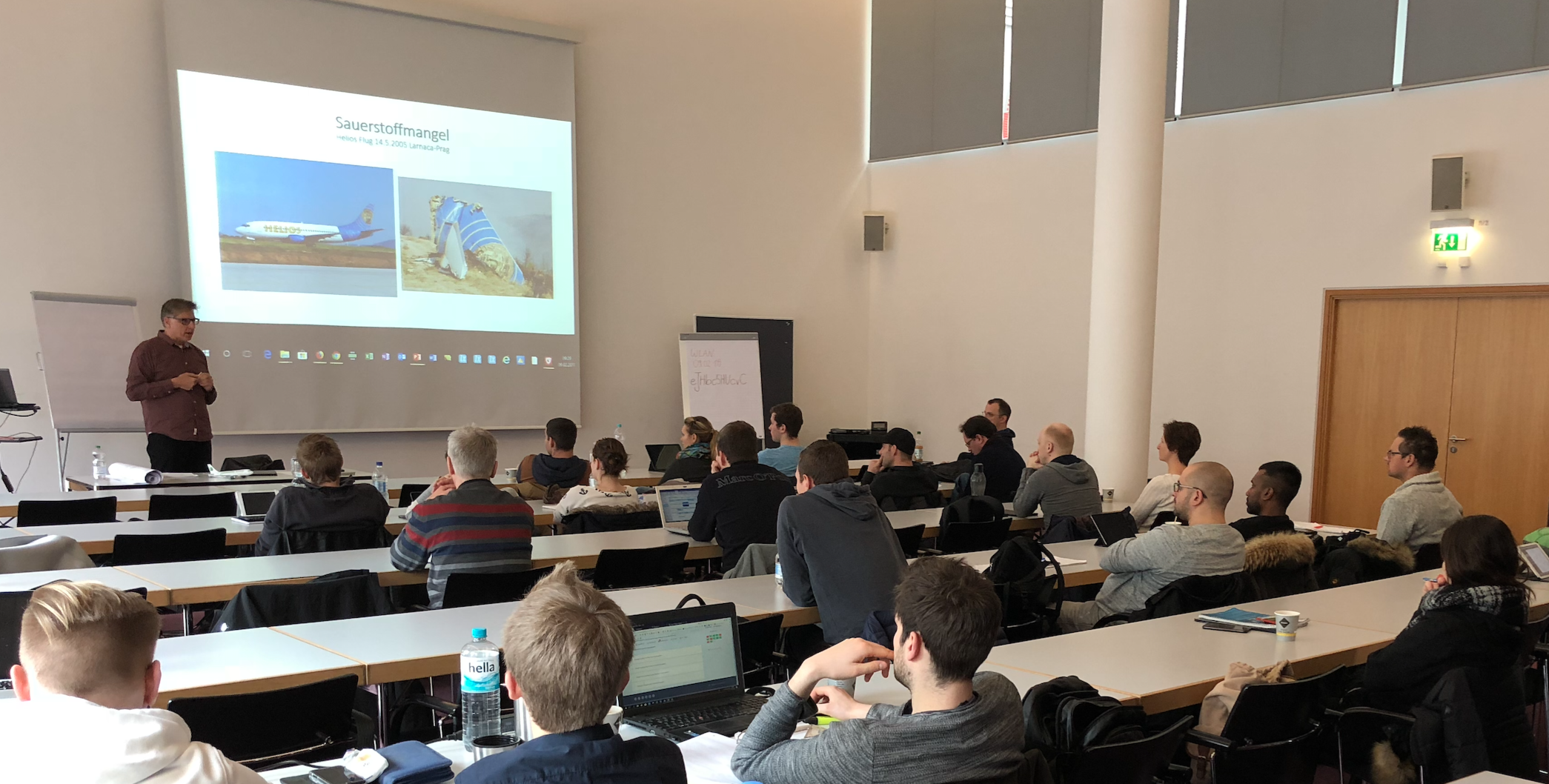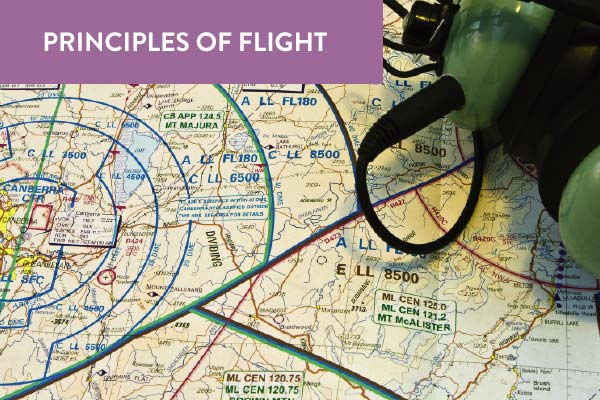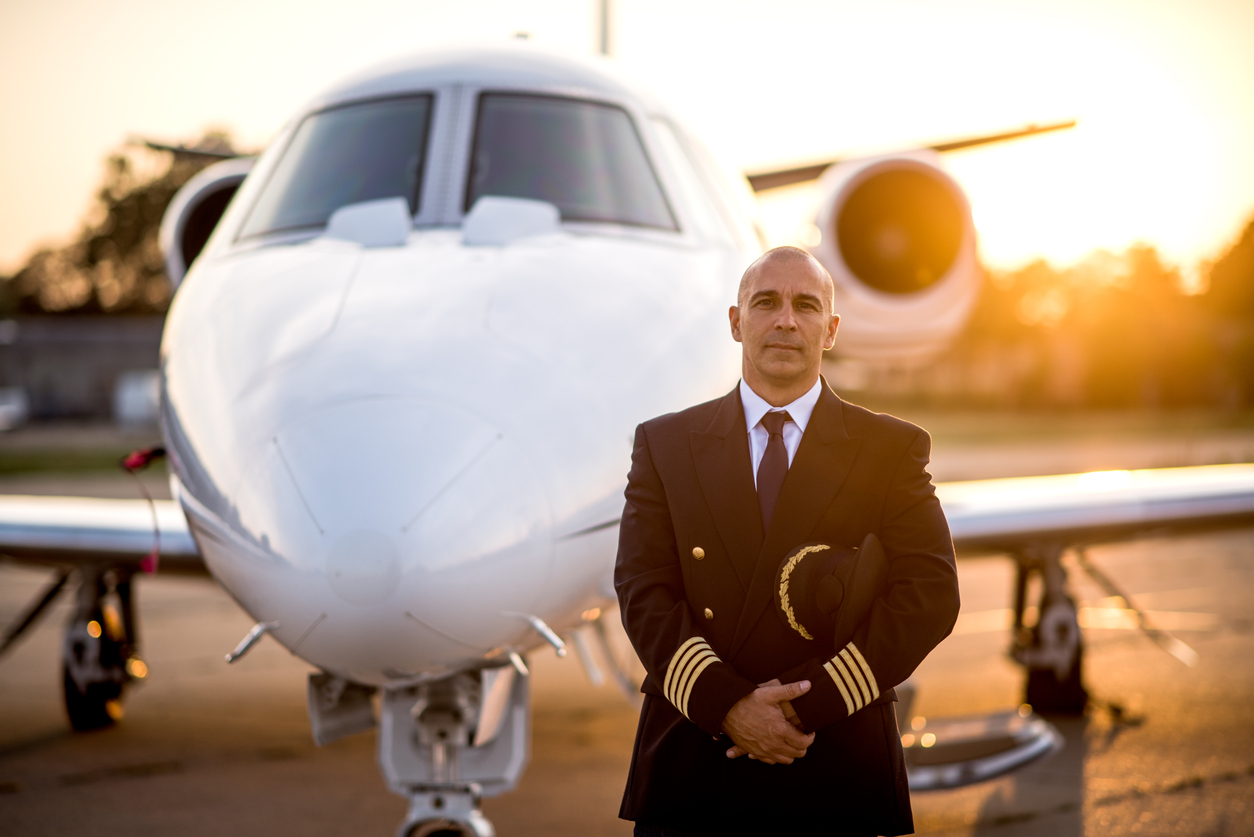EASA CB-IR/EIR Theory course
Difference between the classic IR and the EIR / CB-IR
In order to simplify the introduction to instrument flight, the en-route (EIR) and competency based instrument rating (CB-IR) were created by EASA in April 2014. The learning objectives were reduced by around 40% compared to the classic IR.
The EIR is a non ICAO compliant authorisation that is only valid in the EASA area. With this authorisation one can fly into IMC on the part of flight. Take-off and landing must take place in VMC. There are therefore no privileges for IFR approaches and departures.
The applicant must have a flight experience of 20 hours PIC for the training.
Theoretical training must include a total of at least 80 hours, with at least 8 hours of lessons. Our training organization provides significantly more intensive training than required by law. With us you will receive 12 hours of classroom instruction. The focus is on the subject of meteorology (6 hours).
The practical training comprises 15 hours, which are not allowed to be flown on a simulator.
Of these 15 hours, 5 hours may be flown outside an ATO with a suitably qualified instructor.
The CB-IR, which contains the full privileges for IFR approaches and departures, is actually not a new authorization. It is just a new way to access IR. The requirement for this access is the availability of IR experience. This can be the EIR, for example.
The theoretical training for the EIR and CB-IR is identical and is fully recognized. If the EIR was acquired before the CB-IR, no further theoretical training and examination is required.
The requirement for the training is a flight experience of 50 hours as a PIC.
The practical training is at least 40 hours, of which 25 hours can be flown on an FNPT II. 30 hours can be counted towards the 40 hours if the applicant has already collected IFR PIC time. 30 hours can also be credited if the applicant has trained for 30 hours with an authorized instructor outside the ATO. Only the remaining 10 hours would then have to be trained at an ATO.
The 15 hours from the en-route training can also be counted towards the 40 hours.
The EIR and CB-IR are not available in the helicopter category. For this we offer the classic IR training.
Relief for ICAO IR holders (e.g. FAA IR)
If the applicant has an EASA PPL or CPL + an ICAO instrument flight authorization (e.g. FAA) with an IFR PIC time of 50 hours after the authorization has been issued, the entire practical training is omitted or can be fully credited. A written theory test is also no longer required. The examiner conducts an oral exam and checks whether the applicant has sufficient knowledge in the subjects of meteorology and flight planning.

Before the Courses
Requirements
You can find the checklist here with all of the necessary documents for registering.
Course of Training
As part of the training, 7 subjects must be passed at the EASA CB-IR / EIR level. A self-study period of 5 weeks (15 hours per week) is provided for the course. For self-study, students are able to use our web-based training (WBT) system or the study guides. The course ends with a 2-day classroom instruction in our training center in Dortmund. After students have successfully completed the Progress Tests, participated in the on-site lessons and successfully passed the School Exam, then student can go for examination at the competent authority. Examinations can be divided into a maximum of 6 sittings. Each subject can be attempted a maximum of 4 times.
The pass rate for this course has been 100% in recent months. Find more information in our brochure.DOWNLOAD [PDF 6 MB].
On-site Lessons and dates
The dates for the on-site lessons can be found in the menu under EASA Training Programmes/Dates.
Our course module

Stage 1
- Air Law
- Communication
- Radio Navigation
- Flight Planning
- Instruments
- Meteorology
- Human Performance
CB-IR/EIR
online- Online study materials (WBT)
- Video Lessons for many topics
- 2 day Classroom Instruction
- Round the clock support from teaching team
- Access to our EASA Exam Question Bank
- Online Progress Tests
After the Course
Practical Training
Our company is comprehensively approved as an EASA Training Institution by the German CAA (Luftfahrt-Bundesamt) and the Zentralstelle für Fernunterricht (ZFU). Students can complete the practical training at any EASA certified flight school.
